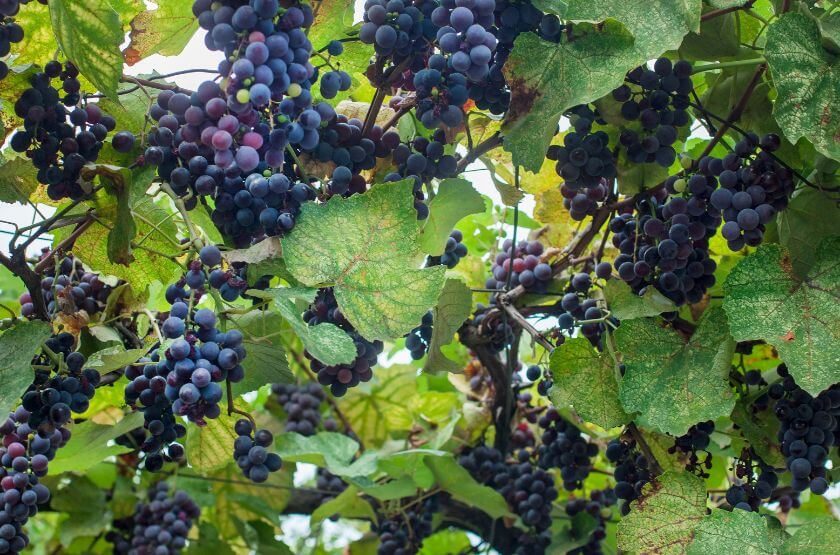
Biodiversity in wine refers to the variety and abundance of living organisms within vineyard ecosystems and the surrounding natural habitats. It encompasses the diverse range of plant and animal species that coexist and interact in vineyard environments. Biodiversity plays a crucial role in maintaining the health and productivity of vineyards, as well as contributing to the quality and sustainability of wine production.
Vineyards are complex ecosystems that provide a habitat for numerous species, including plants, insects, birds, mammals, and microorganisms. The presence of diverse plant life within and around vineyards, such as cover crops and native vegetation, fosters a rich biodiversity by providing food, shelter, and nesting sites for a wide array of organisms. This, in turn, promotes a balanced and resilient ecosystem that can better withstand pests, diseases, and climatic challenges.
Insects and other invertebrates are vital components of biodiversity in vineyards. They can serve as pollinators for grapevines, contributing to fruit set and grape development. Additionally, beneficial insects, like ladybugs and predatory mites, help control populations of harmful pests, reducing the need for pesticides and promoting natural pest management.
Birds, bats, and other vertebrates also play an essential role in vineyard ecosystems. They contribute to pest control by preying on insects and rodents that can damage grapevines. Nesting boxes and native vegetation can be incorporated into vineyard landscapes to attract and support these beneficial creatures.
Soil health is another crucial aspect of biodiversity in wine production. A healthy soil ecosystem consists of diverse microbial communities, earthworms, and other organisms that facilitate nutrient cycling, improve soil structure, and enhance water retention. Maintaining soil biodiversity through practices like cover cropping, composting, and avoiding excessive chemical inputs is essential for the long-term sustainability of vineyards.
The conservation of biodiversity in wine production is not only beneficial for the environment but also for the quality of the wine itself. Research suggests that diverse vineyard ecosystems can enhance the flavor profile, complexity, and character of wines. The unique microbial populations found in vineyard soils and on grape skins contribute to the fermentation process, influencing the aroma and taste of the final product.
Many wineries and vineyard managers are recognizing the value of preserving and promoting biodiversity in their operations. They are adopting sustainable farming practices, implementing wildlife-friendly initiatives, and seeking certifications that recognize their commitment to biodiversity conservation. By prioritizing biodiversity, the wine industry can contribute to the protection of natural habitats, improve ecological resilience, and produce wines that reflect the richness of the surrounding ecosystems.


